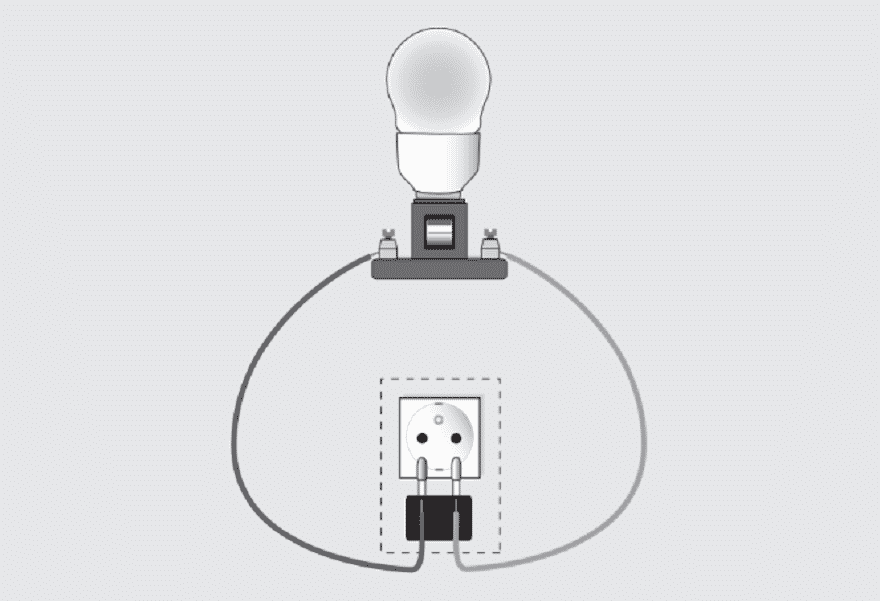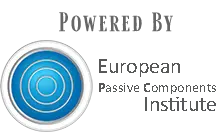A list of electrical or electronic devices using connectors would be long and varied both in function and construction. At the beginning of the list, both in function and construction, is an incandescent lamp. At the complex end of the list, both in function and construction, is a collection of computer servers interconnected to provide the immense functionality of a search engine.
Let’s take the easiest example, the function of an incandescent lamp is to provide light by passing an electric current through a filament, a technology developed in the late 19th century. While the functionality and technology of the various servers linked together in a search engine is beyond the scope of this handbook, it must be noted that its construction includes a power source and a multitude of electronic devices that must be connected together.
The common link between the two examples is interconnections, inter- connections provided, in some manner, by connectors. Every electrical or electronic device includes at least one connector, the interconnection between the power source and a functional device. The discussion will begin with the incandescent lamp system which contains all the basic connector construc- tion and functionality issues in a search engine, but at a more accessible level. The search engine will be discussed later in terms of the various levels of interconnection in electronic devices and equipment.
The example incandescent lamp system shown in Figure 1.1 includes a power source, the house wiring, and a wall receptacle/plug, arguably the most familiar connector, which provides the interconnection between the power source and the lamp. There are two types of connections shown in Figure 1.1.

The power connection consists of two sections the wall receptacle and the wall plug. This connection is a separable connection, the wall plug is separable from the wall receptacle to enable the lamp to be moved to different locations. The wall plug has two metal pins that are inserted into the wall receptacle and the wall receptacle contains two metal spring systems that are deflected as the pins are inserted. Two pins/receptacle springs are necessary to provide both input and output power connections. The force created by the deflection of the receptacle spring when a pin and the receptacle spring come in contact creates and maintains the metal-to-metal interface that enables the power, voltage and current, from the power source to be transmitted to the lamp. The properties of this interface will be discussed in detail later in this chapter, but it is worth noting at this point that creating and maintaining a metal-to-metal interface is the prime goal of connector design. In addition to this separable connection, there are two permanent connections. The wall receptacle is connected to the house wiring, usually by a mechanical connection.
Similarly, the wall plug is connected to the lamp cord wiring, also through a mechanical connection. These two types of connections, separable and permanent, are characteristics of connectors.
Connector Function
With this basic introduction to connectors in hand, consider now a more detailed introduction to connectors and the components of a connector. A functional definition of a connector is:
A connector is an electromechanical system which provides a separable connection between two subsystems of an electronic system without an unacceptable effect on the performance of the device.
The bolded terms in this definition are the most significant characteristics of a connector.
A connector is an electromechanical system in that it creates an electrical connection by mechanical means. As previously mentioned, deflection of mechanical springs creates a force between the two halves of the connector on mating which creates areas of metal-to-metal contact at the mating interface. The metal-to-metal interface provides the connection where the current flow takes place.
A separable connection, separability, is the primary reason for using a connector. Separability may be required or desirable for a variety of reasons. Manufacturability considerations include allowing for independent manufacturing of subassemblies or subsystems with final assembly taking place at a central location. As the complexity and functionality of electronic systems continues to increase this manufacturing flexibility is increasingly important. One example is the ability to “custom build” a personal computer to your own specifications. A second example is to allow for maintenance or upgrading of components or subsystems as increased functionality becomes necessary. Finally, portability and the ability to support an increasing range of peripherals in a laptop computer require separable connections for multiple use of an input port or usage at multiple locations. The number of mating cycles, mate and unmate, needed depends on the reason separability is required. Manufacturability reasons generally require only a few mating cycles while portability and multiple port usage may require several hundred mating cycles in a laptop computer.
While these separability capabilities are virtues, separability, by definition, introduces an additional interface into the system. This interface must not introduce any unacceptable effects, in particular any unacceptable electrical effects, on the system performance. The most significant potentially unacceptable electrical effect relates to the resistance across the mating interface: both the magnitude and stability of the resistance. Resistance increases are of particular importance in power transmission for two reasons. First, the Joule, or I2 R, heating as current, I, flows increases as the electrical resistance, R, increases. Joule heating increases the temperature of the contacts which, in turn increases the degradation rate of the interface, up to and including, melting or open circuiting of the interface. Second, large increases in resistance can impact the signal transmission characteristics in digital applications. Thus, the magnitude and stability of the resistance across a mating interface is a major consideration in connector performance and reliability. Interface resistance will be discussed in detail later in this chapter.






























